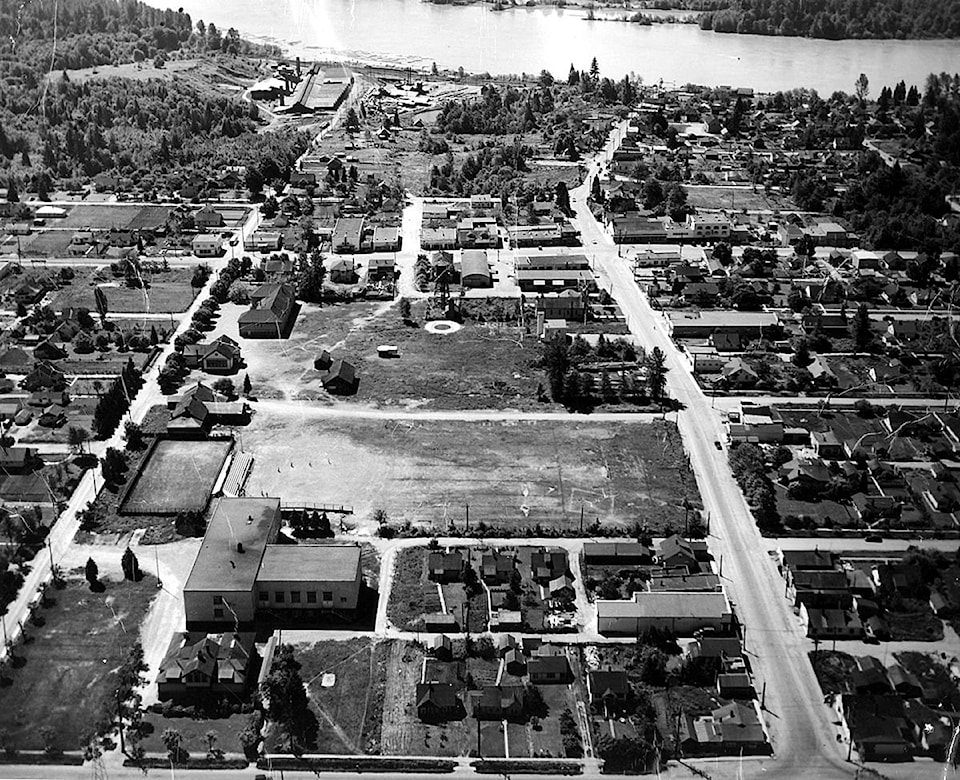Neighbourhoods are local communities of place.
Most people feel they instinctively understand what they mean, yet rich descriptions of what neighbourhood can mean, combining a variety of physical and social characteristics, is not a definition of what it is.
There is no unilateral answer to the question, “What is a neighbourhood?”
A neighbourhood has a scale that is “human” – that is, able to be walked around with relative ease. When placed together, these conditions mean that neighbourhoods are a combination of a place where people live or work and where they have a feeling of belonging or identification with the people in that neighbourhood.
It is possible that they may overlap with other neighbourhoods, or have sub-groups within.
Neighbourhood mapping generates discussion about people, places and objects that define the identity of a neighbourhood through historical and cultural associations.
The Maple Ridge Museum has a new permanent display on neighbourhoods and place making. We are encouraging visitors to engage in a larger scale map of the City of Maple Ridge by placing a pin in their neighbourhood, as well as tell us what their favourite landmark in the city is.
Our hope is to be able to compile the data to have a greater understanding of what buildings resonate with the public, and also address what is missing.
The core questions being: what do people care about?
Places have a significant impact on your future. There are layers of existence before, and that scale of space we feel to our relationships changes over time but the fundamentals are laid early.
Through engagement with visitors we hope to use the history (space) to help tell our community story.
The display also focuses on our historic neighbourhoods, and early European settlers.
One of the first things a newcomer to Maple Ridge will notice is that “Maple Ridge” is not the only name in use. People familiar with the area from childhood visits will ask, “Didn’t this used to be Haney?”
Other frequently heard names are Hammond, Whonnock, Webster’s Corners, Ruskin, Albion, and Yennadon. These names refer to the original historic neighbourhoods, each of which once had its own post office and community centre that included stores, schools, churches and halls. Allco was a railway logging camp in the 1920s that had the last post office issued in the City of Maple Ridge.
We discuss how both the postal system routes and the Canadian Pacific Railway where integral in forming the early neighbourhoods and much of the how the city is still laid out today.
Maple Ridge Museum is open Sunday and Wednesday from 1-4 p.m., Summer hours in July and August: Wednesday to Sunday 1-4 p.m.
• Visit mapleridgemuseum.org for more details.
